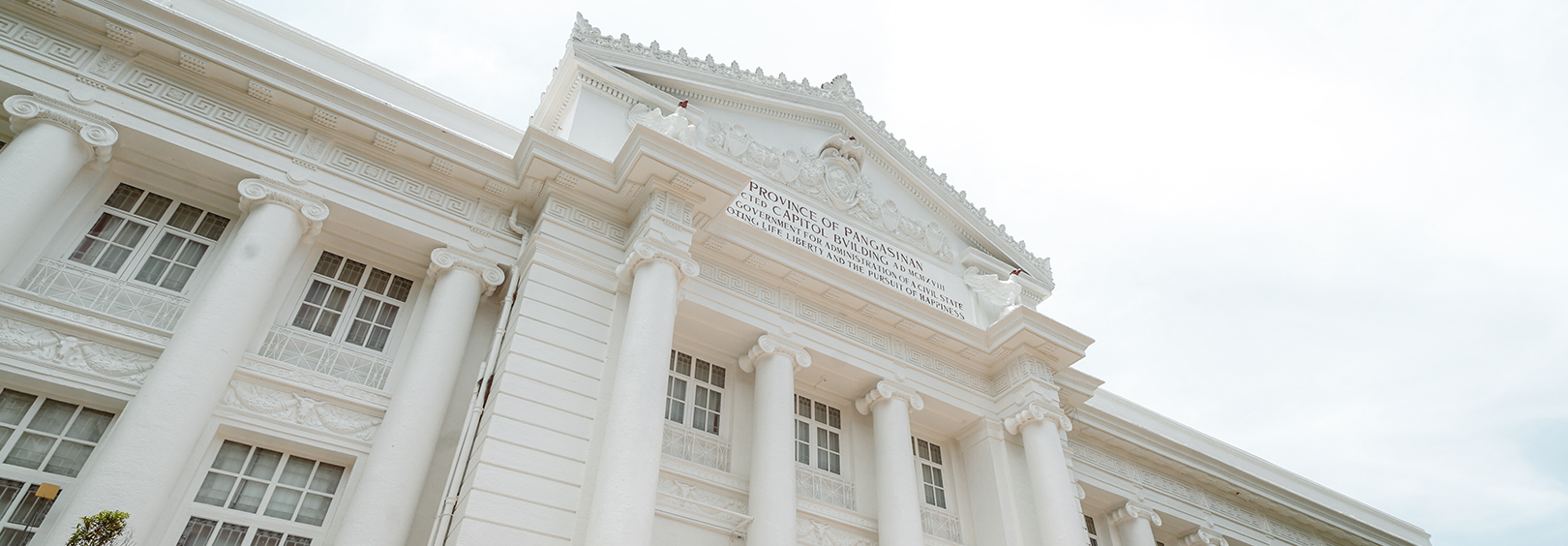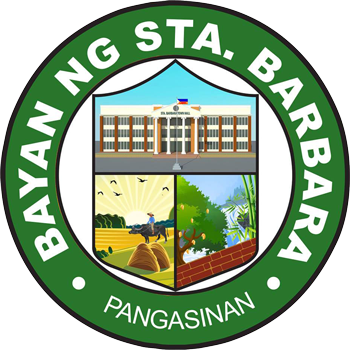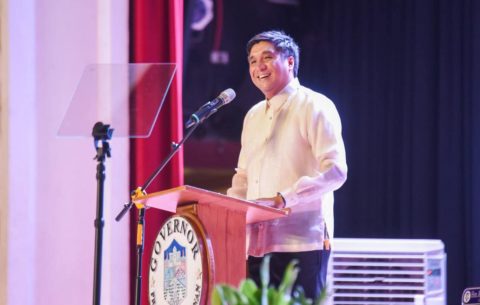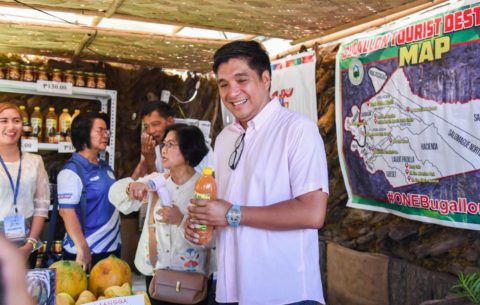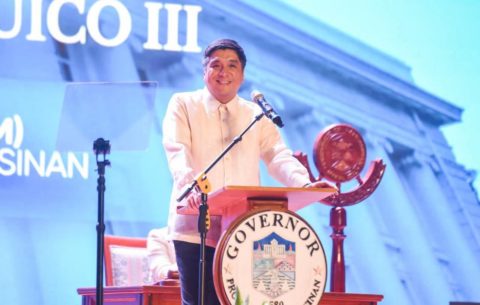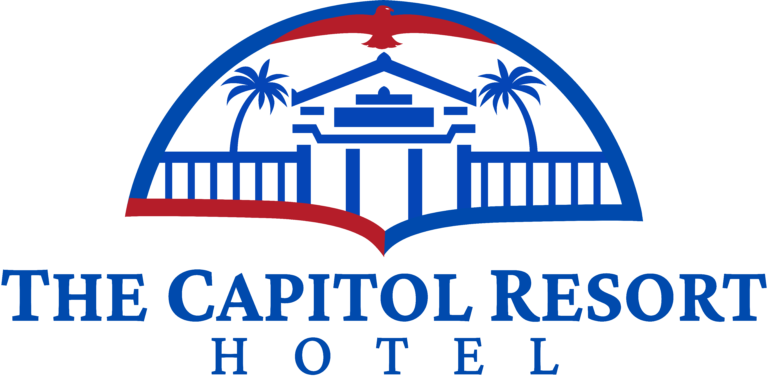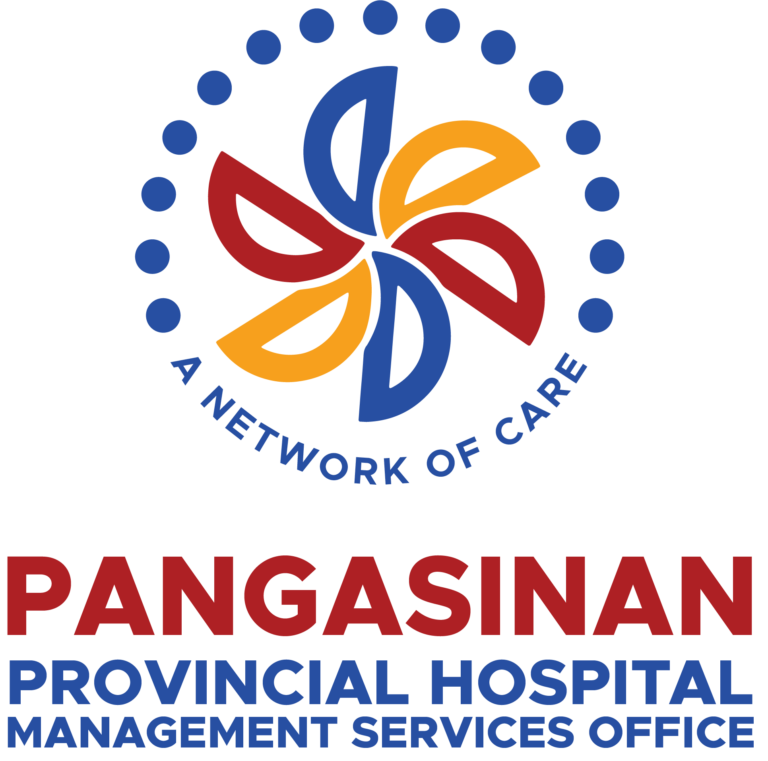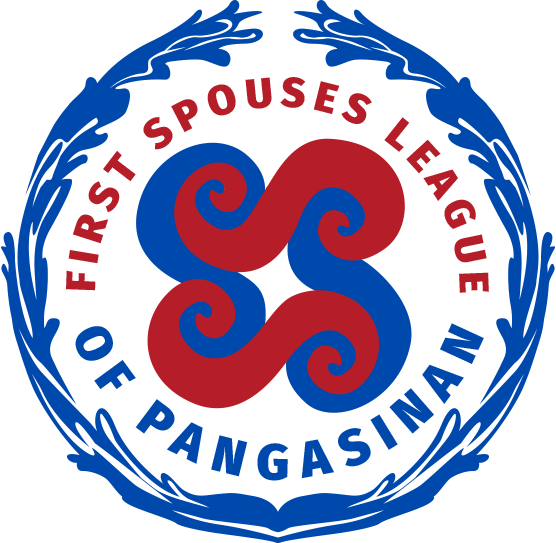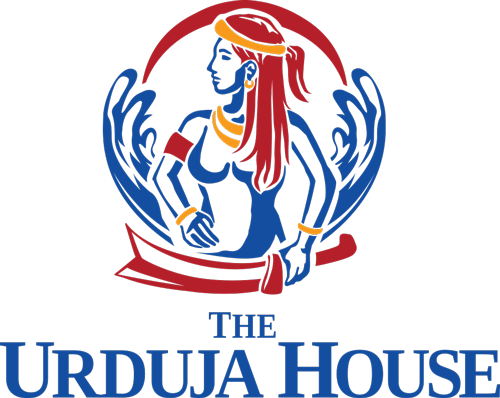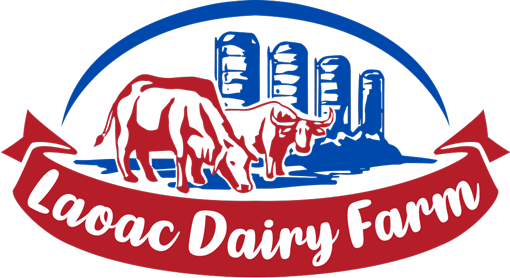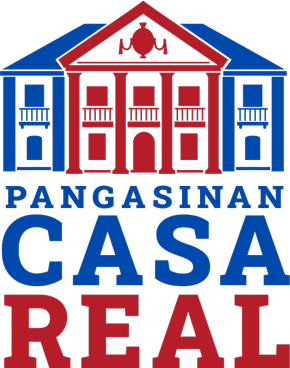The town of Santa Barbara was once called “Tolong”, named after a major river that runs through the town called Tolong River now the Sinocalan River. The first settlers of Tolong were river people whose population flourished along the riverbanks and creeks of the river during the pre-colonial era.
Santa Barbara was part of the ancient Wangdom of Caboloan, a pre-colonial kingdom that once ruled in the Province of Pangasinan. The arrival of the Spanish empire and its eventual conquest of the province resulted in the downfall of Caboloan. Its strategic location made Santa Barbara one of the first pueblo’s to be established by the Spanish conquistadores in 1580.
The town served as the headquarters of the Katipunan Forces in Pangasinan during the Filipino Revolution against the Spanish empire. Led by Daniel Maramba, a Santa Barbara native, the Filipino Revolutionaries fought bravely as they repelled the Spanish and successfully mounted several counter-offensives against the enemy.
Santa Barbara is a first-class municipality located in the central plains of Pangasinan. Santa Barbara is 24 kilometers from the capital town of Lingayen. The town is part of the third congressional district. Santa Barbara has a total land area of 6,548 hectares and a population of 92,187 people according to the 2020 census.
There are numerous tourist and cultural heritage sites in Santa Barbara. one is the Santa Barbara Parish of the Holy Family Church, built in 1716. Part of the Archdiocese of Lingayen-Dagupan, the heritage church is a popular site among the faithful to visit during the holy week. The Daniel Maramba Historical marker, unveiled by the National Historical Commission on 21 July 1970, is also visited by history buffs to learn more about the life of the “grand old man of Pangasinan”
Officials
Mayor
Carlito Zaplan Sr.
Vice Mayor
Rogelio Navarro
Councilors
Eleazar Dalope
Marking Cruz
Bobby Barbiran
Bernardine Barbiran
Carlito Zaplan Jr.
Ramil Delos Santos
Phyll Anthony Zaplan
Roderick Torio


